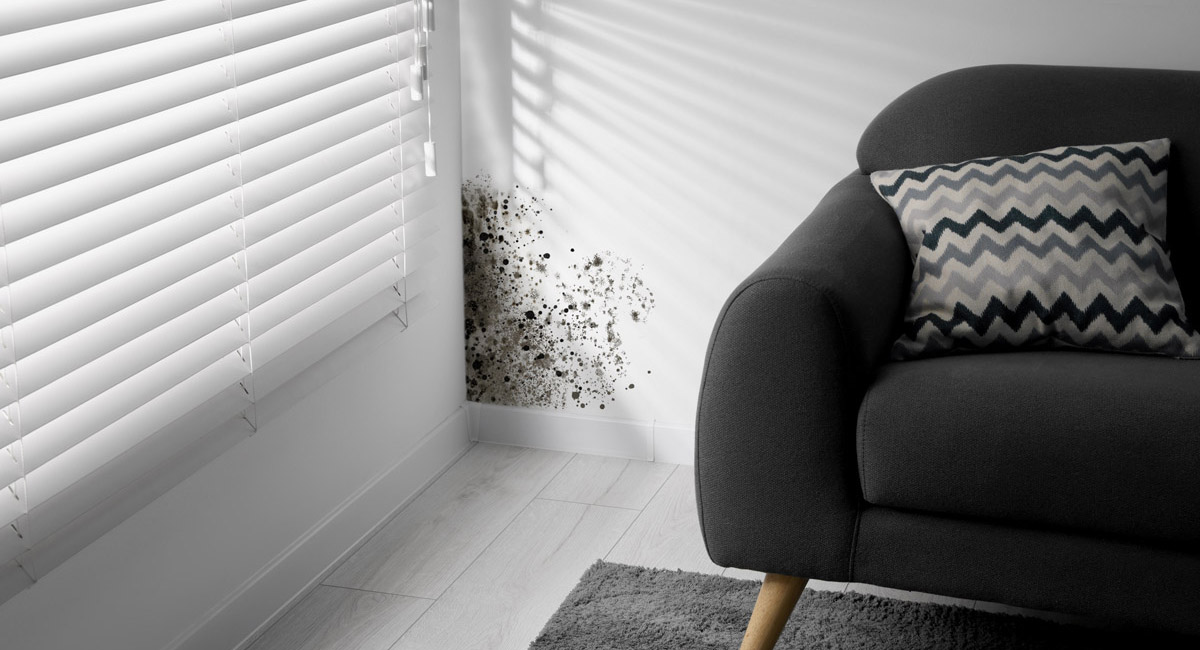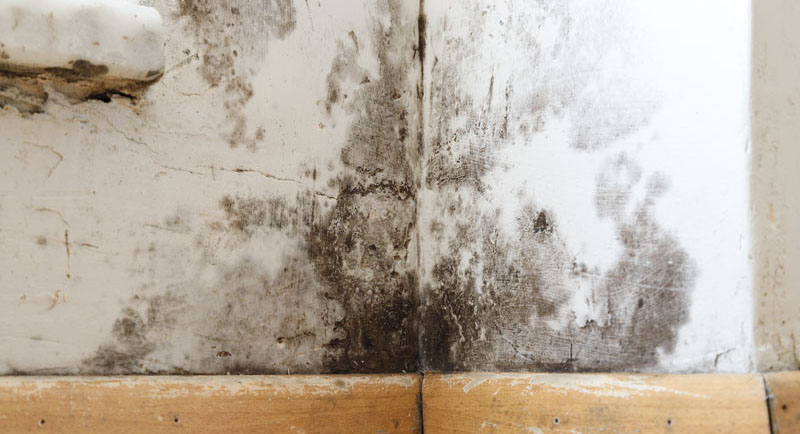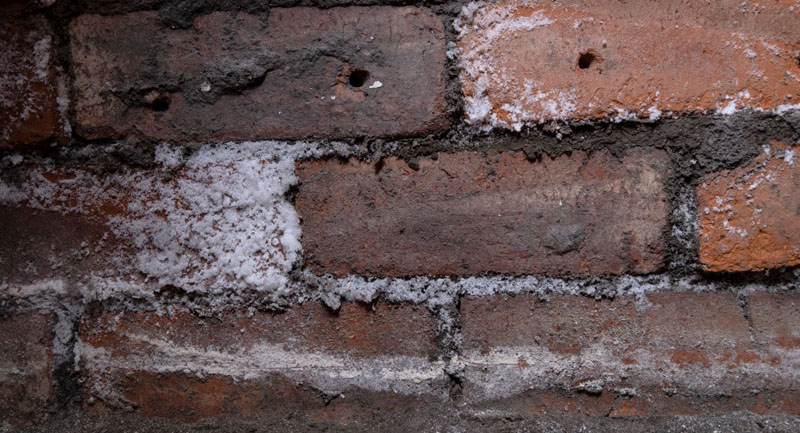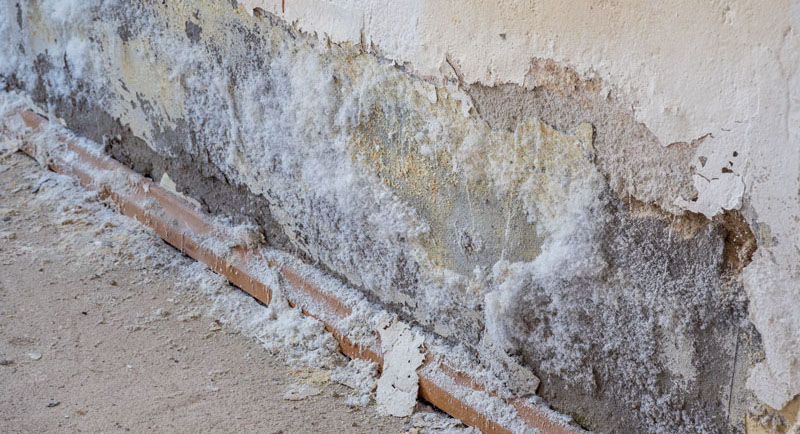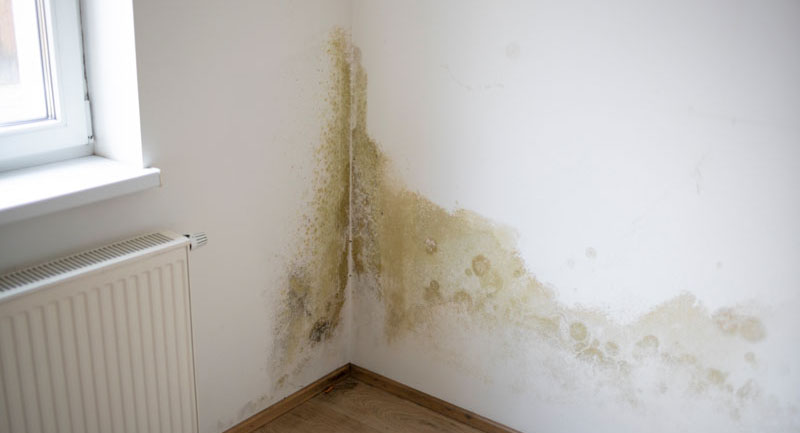Rising damp
Rising damp is a natural phenomenon, occurring when moisture from the ground travels up masonry walls. Water molecules are known to be dipolar (similar to magnets), and align themselves to move up through the pore structure of the walls.
What is rising damp?
Let’s look at some of the science behind rising damp. Friction causes water moving along fracture lines beneath a building to create an electric charge of between 50 and 500 millivolts. Capillary action then drives this moisture up from the ground (+) and into the walls (-). A key indicator of rising damp is the presence of mineral salts in the walls, including nitrates derived from animal waste and sulphates from rock.
Why is it so important to treat rising damp?
To protect and maintain your property
Damp can cause a variety of problems in the home, including mould and fungus, efflorescence, saltpetre, decaying timber and unpleasant odours. It may eventually permanently damage the interior and exterior walls of the building.
To avoid unnecessary renovation work
If left untreated, damage caused by rising damp to interior and exterior walls will eventually require remedial work such as painting, plastering or re-papering. Taking action before it’s too late can lead to significant savings.
To save money and energy
A damp home takes more energy to heat, which can lead to higher costs. Moisture in the air absorbs heat, so your system has to work harder to compensate.
Damp can also reduce the value of your home and make it more difficult to sell.
To protect your family’s health
Damp is a major factor in the development of chronic illnesses and other health conditions in both adults and children, including:
- Allergies to mould and dust mites
- Respiratory conditions, including rhinitis, asthma and bronchitis
- Joint problems such as rheumatism and arthritis.
Children are naturally less resilient, and are at greater risk of developing asthma or allergies when living in a damp environment.
How to diagnose rising damp
Visible signs
Visual inspection is an essential first step, to determine the source of the damp.
At a certain stage, damp is easily detectable; it may even be visible. Signs may include a tide mark (a wavy line up to 1.4m above the ground), blistering paint, peeling wallpaper, damaged walls, stains, white or greyish deposits on walls (saltpetre), or patches of mineral salts.
Older buildings may lack a damp-proof course (a layer of waterproof material in the masonry wall, near to but above the ground, which serves as a base for the rest of the building). This may be the souce of the problem.
Technical diagnosis
Salt testing
Rising damp draws mineral salts such as sulphates and nitrates up into the masonry along with the moisture. Their presence can be diagnosed with a salt test.
Using a voltmeter
Water in the fracture lines generates an electric charge (by friction), which can be measured using a voltmeter.
Using a damp meter
A damp meter can be used to measure the moisture present in masonry.
Carbide bomb testing
The carbide bomb is a method used by building professionals to measure the moisture content of the material tested. Results are accurate and reliable.
